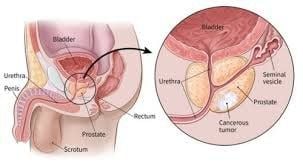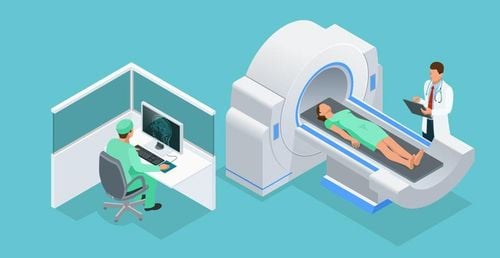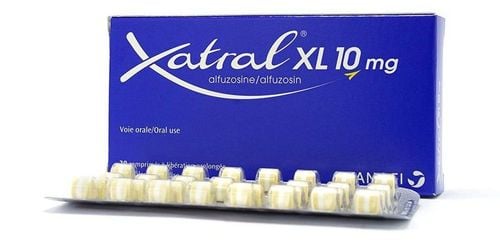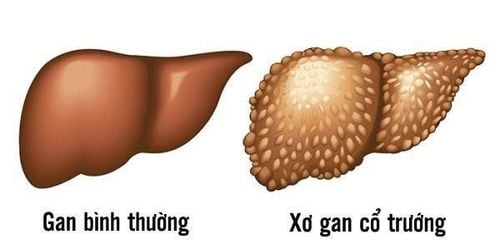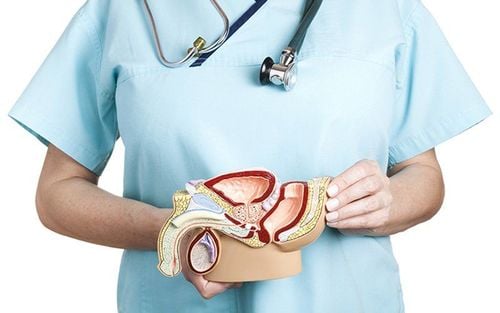This is an automatically translated article.
The article is professionally consulted by Master, Doctor Le Xuan Thiep - Radiologist - Department of Diagnostic Imaging - Vinmec Ha Long International Hospital. The doctor has extensive experience in the field of diagnostic imaging.Prostate cancer is known to be the most common and dangerous cancer second only to lung cancer. Prostate biopsy is a technique mainly used to detect prostate cancer.
1. What is a prostate biopsy?
The prostate gland is a small gland located in the male reproductive system that is shaped like a walnut. The prostate gland is responsible for producing fluid that nourishes and transports sperm.Prostate biopsy is done by a urologist and male genitalia specialist. Doctors take samples of suspicious tissue from the prostate for microscopic analysis.
2. When is a prostate biopsy done?
Based on the clinical examination and on the adjunctive laboratory findings, a prostate biopsy is performed when the physician suspects prostate cancer. A patient should have a prostate biopsy when:During a rectal exam, a tumor or other associated abnormality is found. Prostate-specific antigen (PSA) tests are above normal for age. After the previous biopsy, monitor the results of the prostate-specific antigen test in the blood. After a previous biopsy found abnormal prostate tissue but not cancer.
3. What does the patient need to prepare for a prostate biopsy?
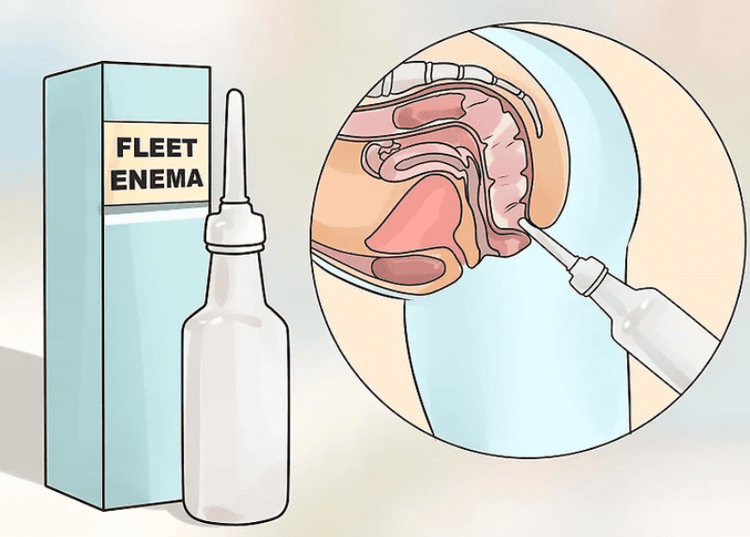
Trước khi thực hiện kỹ thuật, bệnh nhân cần uống thuốc hoặc thụt tháo để đi ngoài sạch sẽ
4. Prostate biopsy procedure through endorectal ultrasound
For an endorectal ultrasound prostate biopsy, the doctor will ask the patient to lie on their side, with their knees bent up to their chest. Clean the biopsy area and apply anesthetic gel Performing a prostate biopsy procedure through rectal ultrasound, the doctor gently inserts a small ultrasound probe through the patient's anus, on the probe with needle attachment and biopsy gun. Through the image for the doctor to determine the area that needs to be injected with anesthetic (if necessary). During the device biopsy, your doctor will use a fine needle to take some tissue samples from your prostate gland. The doctor may take only the suspicious area for a biopsy, or he may take samples from many places in the prostate. Usually, your doctor will take about 10 samples or more if needed. The entire procedure usually takes about 30 minutes. Tissue samples removed from prostate biopsies are brought to a specialized operating room and analyzed under a microscope. Detecting abnormalities of the cell tissue are the hallmarks of prostate cancer. If cancer is found, the patient needs to be evaluated to determine the possibility of disease development in order to find the most effective treatment methods.5. Evaluation of results

Sau khi có kết quả sinh thiết, bác sĩ điều trị sẽ phân tích kết quả cho bệnh nhân
The pathologist will record in the pathology report sent to the treating doctor. The treating doctor will then analyze the biopsy results for the patient.
6. What should the patient pay attention to after the procedure?
After the prostate biopsy procedure, the patient may be prescribed antibiotics for the next few days. After the biopsy, some people may feel some pain and some bleeding from the anorectal area. This condition can last up to 1 month.If you experience the following signs, contact a specialist or go to the hospital for a timely examination:
Prolonged bleeding, Severe pain without signs of relief, Swelling near the biopsy site, Pain when urinating High fever Discharge from the penis.
Please dial HOTLINE for more information or register for an appointment HERE. Download MyVinmec app to make appointments faster and to manage your bookings easily.
SEE MOREBiopsy for rapid diagnosis of prostate cancer What you need to know about prostate biopsy Diagnosing benign prostatic hypertrophy on transrectal ultrasound




